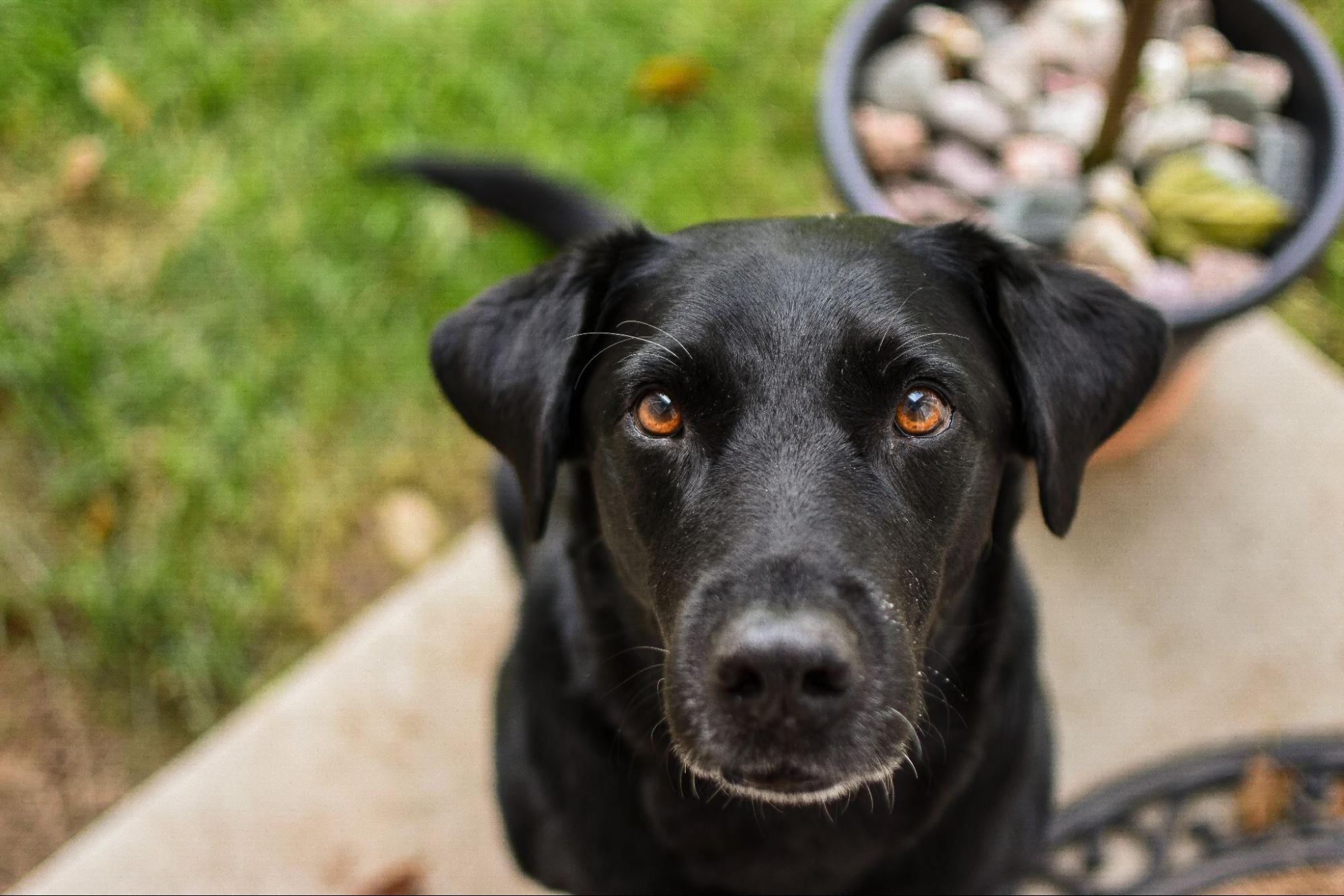How to Get your Dog to Listen to you Outside
Getting your Labrador to listen to you outside can be a challenge, but with advanced training techniques, you can achieve better communication and obedience. Labrador Retrievers are known for their intelligence and eagerness to please, making them highly trainable. In this article, I’ll share some effective strategies on how to get your dog to listen to you outside.
Firstly, establish a strong foundation of basic commands such as “sit,” “stay,” and “come” in a controlled indoor environment. Once your Labrador has mastered these commands indoors, gradually transition the training sessions to an outdoor setting with distractions. Start in a quiet area without too many stimuli and gradually increase the level of difficulty by introducing more distractions like other dogs or people passing by.
Consistency is key when it comes to training any dog breed, including Labradors. Make sure you use clear and consistent verbal cues along with hand signals for each command. Use positive reinforcement techniques such as treats or praise when your dog successfully follows a command. This will create positive associations and motivate your Labrador to listen attentively even in distracting outdoor environments.
Remember that patience is crucial during the training process. Each dog learns at its own pace, so don’t get discouraged if progress is slow at times. Stay consistent with your training sessions, provide ample exercise and mental stimulation for your Labrador, and celebrate small victories along the way.
By implementing these advanced training techniques consistently and patiently, you can improve your Labrador’s listening skills outside and strengthen the bond between you and your furry companion.

Setting the Foundation for Effective Communication
When it comes to advanced training for your Labrador, establishing a strong foundation for effective communication is key. Here are some essential steps to set you and your furry friend up for success:
- Establish Trust: Building a strong bond with your Labrador is crucial before embarking on advanced training. Spend quality time together, engage in positive reinforcement techniques, and create a safe and nurturing environment.
- Master Basic Commands: Before moving on to more complex commands outside, ensure that your dog has a solid understanding of basic commands such as sit, stay, come, and heel. Consistency in practising these commands will help reinforce good behavior.
- Gradually Introduce Distractions: Start by training your Labrador in controlled environments with minimal distractions, gradually increasing the level of difficulty over time. This helps them focus on you amidst potential distractions outside.
- Reward-Based Training: Positive reinforcement is crucial in advanced training. Reward your dog with treats, praise, or playtime when they respond correctly to commands outdoors. This reinforces their good behavior and motivates them to listen attentively.
- Use Clear Verbal Cues and Hand Signals: Combine verbal cues with corresponding hand signals to enhance communication with your Labrador while outdoors. This provides clarity and ensures that they understand what you’re asking of them even from a distance.
- Consistency is Key: Dogs thrive on routine and consistency; therefore, it’s important to establish consistent rules and expectations during outdoor training sessions. Set aside dedicated times each day for practice to reinforce desired behaviors effectively.
- Manage Distractions Strategically: When working on advanced training outside, be mindful of potential distractions such as other animals or noises that may divert your dog’s attention away from you. Gradually expose them to these distractions while reinforcing their focus on you through positive reinforcement techniques.
Remember that every dog learns at their own pace, so be patient and understanding throughout the training process. With persistence, consistency, and positive reinforcement, you’ll be well on your way to having a Labrador that listens attentively to you even in challenging outdoor environments.
Now that we’ve laid the groundwork for effective communication with your Labrador outside, let’s dive into more advanced training techniques in the following sections.